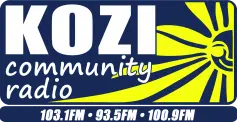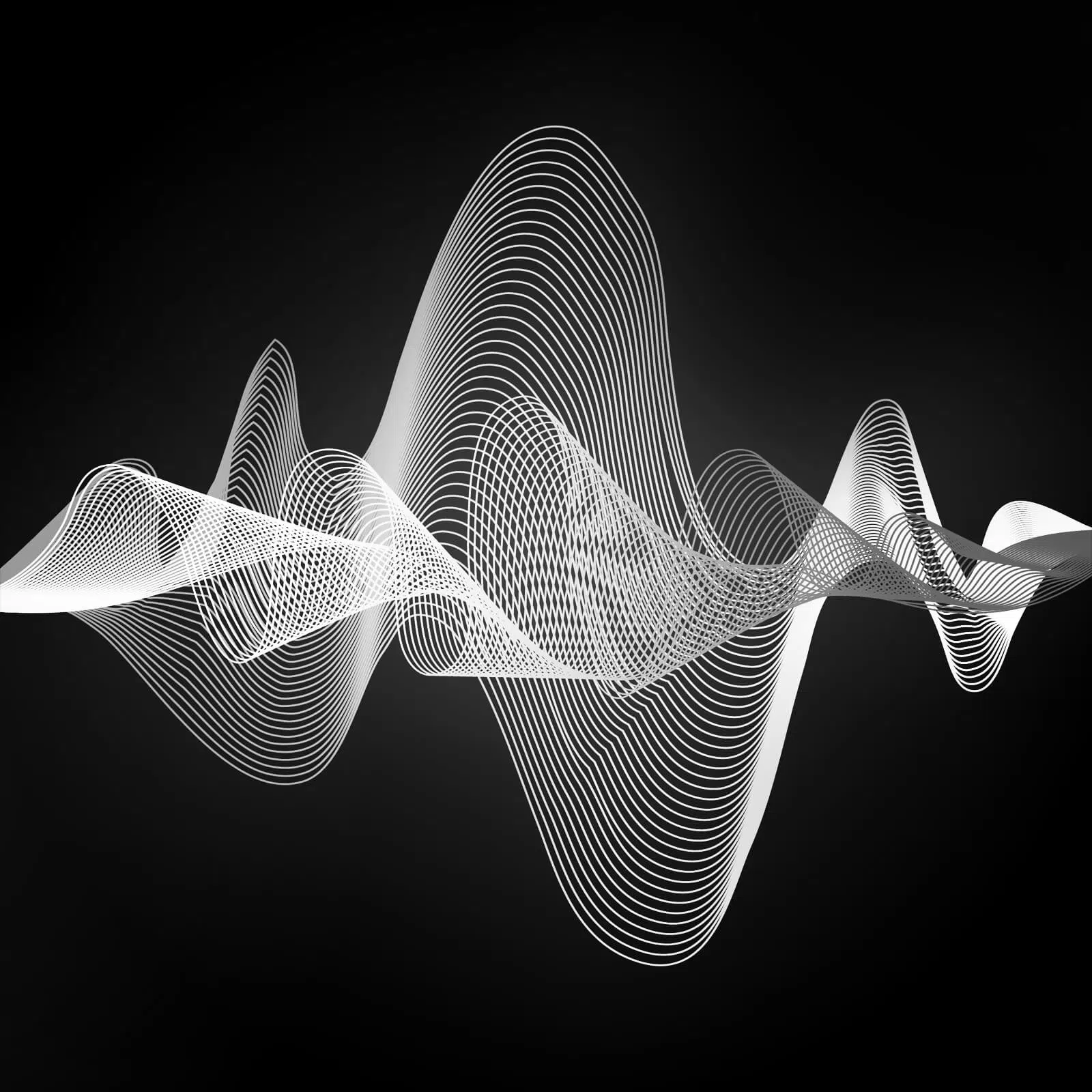▶ Watch Video: Remembering the fall of Saigon
At the end of the Vietnam War, South Vietnamese soldiers swarmed a Pan Am airliner to save themselves from the rapidly-advancing North Vietnamese army. CBS News correspondent Bruce Dunning, who was on board, reported: “They left their wives, their children, their aged parents on the runway, while they forced their own way on board, a rabble of young enlisted men. … The plane raced down the taxiway, swerving to avoid abandoned vehicles, perhaps even running over people.”
This every-man-for-himself rout played out across South Vietnam as communist forces from the north launched their final offensive.
“The question was not, ‘Will they attack at some point,’ but ‘When will they do it’?” said Stuart Herrington, now 83, who was one of only a handful of American military personnel still left in Vietnam. “The map in my office began to show more and more red arrows, all pointing south.”
President Gerald R. Ford called South Vietnam’s collapse “a great human tragedy,” and ordered the immediate airlift of Vietnamese orphans – some mere babies who’d been born only weeks earlier.
CBS News correspondent Murray Fromson witnessed what happened next, when the plane carrying the children crashed into a field about five miles from the end of the runway, killing 78 orphans and 35 Americans were killed. “What can one say except, ‘When will the misery in this country ever stop?'” Fromson said.
With Vietnam rapidly approaching what Secretary of State Henry Kissinger called “the worst case,” he cabled American Ambassador Graham Martin: “We must evacuate our people and do so as soon as possible.”
Americans and Vietnamese flooded Tan Son Nhut Airport outside Saigon. But enemy shelling killed two Marines standing guard there – Darwin Judge and Charles MacMahon, the last Americans to die in Vietnam.
Retired Marine Gerry Berry was a helicopter pilot aboard the armada of American ships off the coast. “The North Vietnamese bombed and rocketed the runway at Tan Son Nhut, so the runway became unusable,” he said. “Helicopters were the last resort, and at 10:45 on the morning of 29 April 1975, Ambassador Graham Martin gave the order to commence Operation Frequent Wind, which became the largest helicopter evacuation in history.”
Frantic to find a way out, civilians mobbed the U.S. Embassy. “The last place, the last hope, the last refuge where you could go and maybe still get a helicopter,” said Herrington.
Jerome Thomas was a Marine guard at the embassy: “There were women at the gate just saying, ‘Please, just take my baby, take my baby.’ And we had to tell them, ‘We cannot take your baby.’ There were people that were getting crushed because of the crowd in the back were pushing.”
Berry said, “The crowd inside the embassy grounds is just huge, and it’s never getting any smaller. You don’t know how this thing is working, how it’s going to end.”
Berry landed his helicopter in the Embassy’s parking lot: “I actually landed at the embassy about one o’clock and said, ‘My orders are to pick up the ambassador.’ The Marine security guard runs into the embassy, comes back and says, ‘Well, the ambassador’s not ready to go.'”
Instead, Berry and 70 other helicopter crews began lifting out Americans and Vietnamese.
As darkness fell, Thomas, a 19-year-old Marine, was ordered to lower the American flag: “This was the last time the American flag was going to fly over Vietnam,” he said. “Heartbreaking.”
America’s war in Vietnam was now in its final hours.
About four o’clock in the morning, Berry says, he could see North Vietnamese tanks coming down the road, “because their lights are on. They’re driving down the highway.”
Herrington said, “Everybody was afraid. The North Vietnamese Army was advancing on Saigon.”
With the last helicopters going out, Airborne Commander radioed for crews to “max it out.”
Herrington told the crowd in the embassy parking lot, “‘Get into a double line. Everybody’s going to go. Nobody will be left behind.’ I repeated that over and over and over, that everyone was going to go, and I really believed it.”
There were 420 Vietnamese still in the parking lot when new orders came in: “All U.S. must come out now.”
Herrington had promised “Nobody left behind,” but orders were orders. “I said to the Vietnamese, ‘I gotta take a leak,’ and I walked into the door of the embassy, and scooted up the stairs,” he said.
I asked, “What did it feel like, telling that lie?”
“I felt horrible,” Herrington replied. “I felt like I had given them my word, that our country had given them our country’s word, and it all went to crap.”
Berry recalled, “I land on the embassy roof at 4:56 in the morning on 30 April 1975. And I called the Marine security guard over and I said, ‘You go tell the ambassador this helicopter’s not leaving the roof until he’s on board.’ And then in my best aviator voice I said: ‘The president sends.'”
“Order from the President? Did you have authority?” I asked.
“I have no authority to do that at all,” Berry replied. “But I mean, there’s got to be an end here. Two minutes later, his whole entourage are up, ready to go.”
Ambassador Martin brought the American flag with him. Flying out, Berry radioed the call sign: “‘Tiger, Tiger, Tiger,’ which means the ambassador’s out, so everybody knows.”
It was late afternoon in Washington when Henry Kissinger announced the news: “Our ambassador has left, and the evacuation can be said to be completed.”
Except it wasn’t. In 1996, Kissinger recalled during an off-the-record talk to the Army War College, “I come back from the press conference, and I find out that they had left the Marines behind that were guarding the embassy.”
The last American fighting men in Vietnam were barricaded on the roof as Saigon was about to fall.
Their sergeant, Juan Valdez, is 87 now, and living in a memory care unit – but some things you don’t forget. “It’s been so many years now,” he said. “We thought for sure that we were going to be left there. You kind of swallow hard, you know, because by that time the tanks were passing by from the Vietnamese.”
Doug Potratz, who was on the roof with Valdez, said, “It felt like the Alamo for a while. We didn’t know if we were going to be the last people and be overrun.”
Thomas said, “The question that was going through everybody’s mind was, should we fight or should we surrender? And everybody there, to a man, was like, we’re fighting, you know, because Marines never surrender.”
Portratz said, “It was the lowest point, I think, in my life. We’re thinking about all the people that have died, literally thousands and thousands of Americans, and it was all gone.”
“We were there for two, two-and-a-half, maybe three hours waiting,” said Valdez, “and then all of a sudden at a distance we saw two choppers coming back.”
Two helicopters went back for the Marines. The first one picked up 22, and the second the final 11. The radio communication from the Airborne Commander said: “11 pax on board including the commander. All the Americans are out. That is it.”
A blurry picture captured the moment.
“I was the last one to go aboard,” said Valdez. “Because I was in charge of them, and whether I stayed behind, so be it, you know, but you always take care of your men first.”
He was the last man out.
For more info:
- Fall of Saigon Marine Association
- Army War College
- Marine Corps History Division, Marine Corps University, Quantico, Va.
Story produced by Mary Walsh. Editor: Joseph Frandino.
See also:
- Gerald Ford and America’s “moral obligation” to refugees (“Sunday Morning”)
- Surviving the torturous hell of the Hanoi Hilton (“Sunday Morning”)
- The singer who spoke her mind to Richard Nixon (“Sunday Morning”)
- The improbable true story behind “The Greatest Beer Run Ever” (“Sunday Morning”)
- A Vietnam veteran’s epic poem of war (“Sunday Morning”)
- A very personal “thank you for your service” (“Sunday Morning”)
- Mark Bowden on Vietnam War’s “tragic and meaningless waste” (“Sunday Morning”)
- The lost platoon: Aftermath (“Sunday Morning”)
- How a tagged-and-bagged soldier was saved from the dead (“Sunday Morning”)
- The girl in the picture (“Sunday Morning”)
- Vietnam orphans search for their roots (“Sunday Morning”)
- Re-viewing the legacy of LBJ (“Sunday Morning”)















